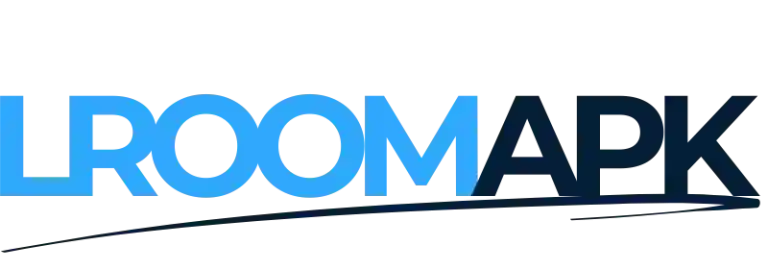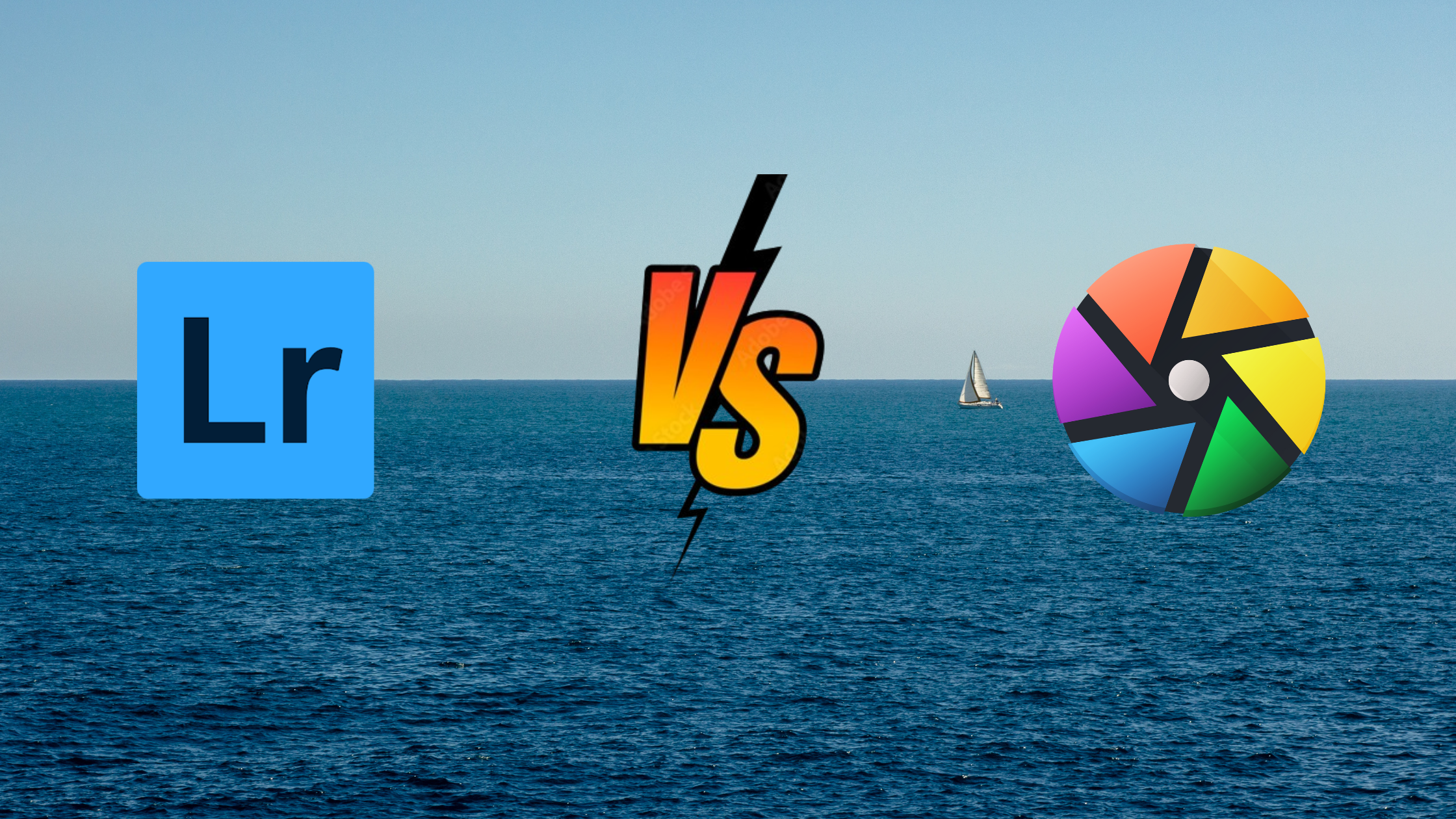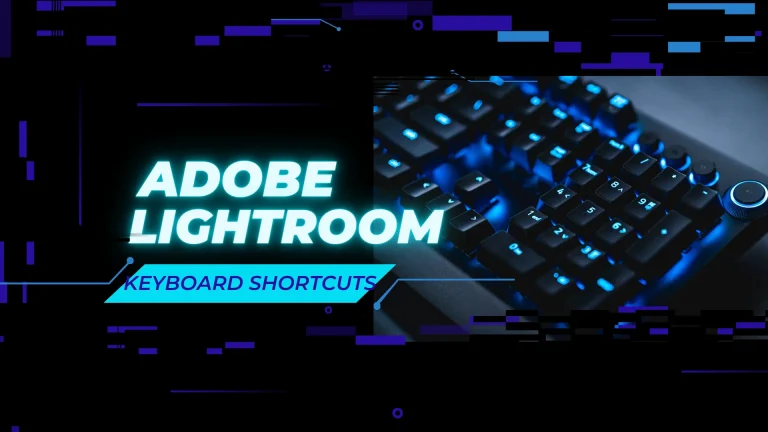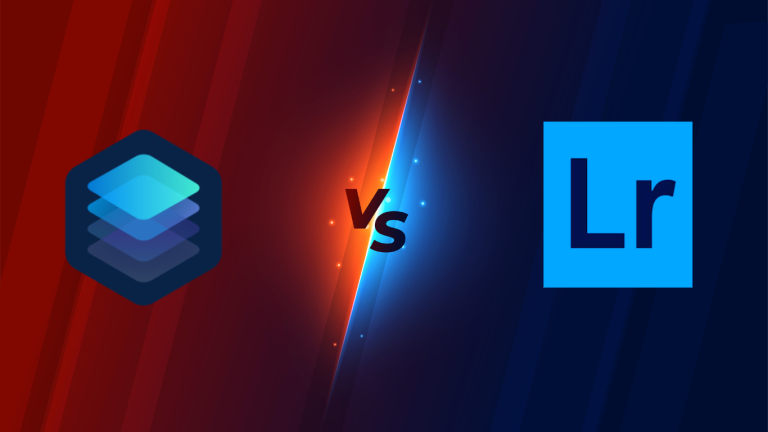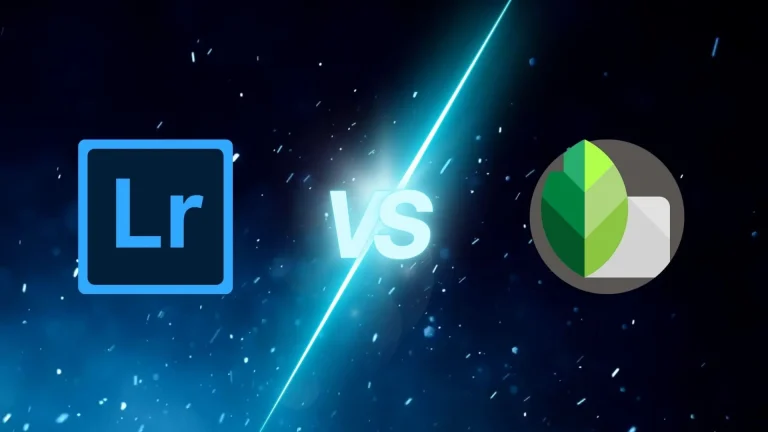Beyond the Basics: Darktable vs Lightroom for Advanced Photo Editing
In photography, capturing the perfect shot is just the beginning.
The true magic happens in post-processing; here images are transformed into works of art.
For serious photographers, choosing the right software is important.
Darktable vs Lightroom: Both are titans in the photo editing world.
Each has its own strengths and loyal following.
But which one is the right fit for your advanced photo editing needs?
Let’s find the answer!
Darktable vs Lightroom – An Overview
Darktable Overview
Darktable is an open-source, raw image developer and digital darkroom primarily designed for photographers.
This software has gained a strong reputation for its non-destructive workflow and extensive raw processing capabilities.
- History and Development
Originally conceived as a Linux-based tool, Darktable has evolved into a cross-platform application.
It has a dedicated community driving its development.
- Key Features and Functionality
Darktable excels in raw image development.
It offers modules for:
- Exposure
- White balance
- Color correction
- Tone mapping, and
- More
In addition, it provides tools for lens correction, noise reduction, and basic retouching.
- Supported Platforms
Darktable is available for:
- Linux
- macOS, and
- Windows
Lightroom Overview
Lightroom, developed by Adobe, is a popular cloud-based photo management and editing software.
It’s known for its user-friendly interface and integration with other Adobe Creative Cloud applications.
- History and Development
Lightroom has been a staple in the photography industry for years, consistently updated with new features.
- Key Features and Functionality
Beyond raw image processing, Lightroom offers
- Robust cataloging
- Organizing, and
- Sharing capabilities
Moreover, this software includes tools for advanced editing, such as HDR merging, panorama stitching, and print creation.
- Supported Platforms
Lightroom is available for:
- Windows
- macOS
- iOS, and
- Android
User Interface and Experience
When we look at darktable vs lightroom, both have differences in their UI/UX.
Darktable UI/UX
Darktable’s interface is modular. It allows users to customize the workspace according to their preferences.
While it might seem daunting for beginners, experienced users appreciate the flexibility it offers.
- Description of the user interface
Darktable’s interface consists of multiple modules. Each of themfocuses on specific editing tasks.
This modular approach provides granular control but can also overwhelm new users.
- Customizability and layout options
The workspace can be highly customized, with modules arranged and resized as needed.
Users can create custom profiles and presets to streamline their workflow.
- User experience
Darktable has a steeper learning curve than Lightroom.
However, once mastered, it offers unparalleled control and flexibility.
Lightroom UI/UX
Lightroom’s interface is designed with user-friendliness in mind. It features a clean and intuitive layout. This makes it accessible to photographers of all levels.
- Description of the user interface
Lightroom’s interface is divided into modules for:
- Library
- Develop
- Map, and
- More
This organization promotes a smooth workflow.
- Customizability and layout options
While Lightroom offers some customization options, the overall layout is more fixed than Darktable.
- User experience
Lightroom’s user-friendly interface and extensive tooltips make it easier to learn and use in comarison to Darktable.
Editing Tools and Capabilities – Darktable vs Lightroom
Darktable Editing Tools
Darktable offers a comprehensive range of editing tools, catering to both beginners and advanced users.
It emphasizes raw image development and offers a modular approach to image processing.
- Basic editing tools
Darktable provides essential tools for:
- Exposure
- Contrast
- White balance
- color temperature, and
- Basic tone curves
These tools are intuitive and effective for initial image adjustments.
- Advanced editing capabilities
Darktable shines in advanced editing features.
It includes:
- Selective color adjustments
- Split toning
- Graduated filters, and
- Local adjustments
Its module-based structure allows for precise control over various image parameters.
- Unique features
Darktable stands out with its extensive collection of modules, such as:
- Lens corrections
- Geometric distortion correction, and
- Color calibration
It also offers powerful masking tools for precise adjustments in specific image areas.
Darktable presets, while not as extensive as Lightroom’s, provide a starting point for creative edits.
Lightroom Editing Tools
Lightroom offers a balance of user-friendly tools and advanced features. And this makes it suitable for a wide range of photographers.
Lightroom might not be deeper than the Darktable in certain areas; however, it provides a streamlined workflow for most editing tasks.
- Basic editing tools
Lightroom offers a comprehensive set of basic editing tools for:
- Exposure
- Contrast
- White balance, and
- Color correction
The interface is intuitive, making it easy to learn and use.
- Unique features
Lightroom’s strength lies in its integration with other Adobe products. It also allows for the seamless transfer of images to Photoshop for advanced retouching.
Its cloud-based synchronization and organization features are also valuable for photographers managing large image libraries.
Lightroom presets offer a vast array of creative starting points.
- Advanced editing capabilities
Lightroom includes advanced features like:
- Graduated filters
- Radial filters
- Adjustment brushes, and
- HDR merging
While not as granular as Darktable, these tools are effective for most editing needs.
Workflow and Integration
Considering workflow and integration, look at darktable vs lightroom.
| Feature | Darktable | Lightroom |
| Workflow | Centered around a darkroom concept with sequential processing through various modules. | Designed for efficiency and user-friendliness, combining image management, editing, and sharing in one app. |
| Learning Curve | Offers flexibility but requires a steeper learning curve. | More intuitive and easier to learn for most users. |
| Importing and Organizing Photos | Straightforward import process with basic metadata application; organizational features are limited. | Excels at importing and organizing large libraries with robust cataloging features like keywords and ratings. |
| Integration with Other Software/Tools | Primarily a standalone application with limited integration capabilities. | Seamlessly integrates with other Adobe products (e.g., Photoshop) and supports a wide range of third-party plugins. |
File Management and Exporting
Darktable File Management
Darktable adopts a more straightforward approach to file management. It doesn’t utilize a centralized catalog like Lightroom.
Instead, it works directly with image files, providing less complex but potentially less efficient organization.
- Cataloging and tagging
Darktable allows users to create collections and apply tags to images for basic organization.
However, compared to Lightroom, its cataloging features are limited. It’s more suited for smaller image libraries.
- Export options and formats
Darktable offers a variety of export options, including JPEG, TIFF, PNG, and RAW formats.
Users can also export images in different sizes and resolutions.
| IMPORTANT: While not as extensive as Lightroom’s export presets, Darktable provides sufficient flexibility for most needs. |
Lightroom File Management
Lightroom’s core strength lies in its robust file management system. It employs a catalog-based approach; and this stores image metadata in a separate database
- Cataloging and tagging
Lightroom offers advanced cataloging features, including:
- Hierarchical folders
- Smart collections
- Star ratings
- Flags, and
- Keywords
This allows users to create highly organized image libraries and quickly find specific photos.
- Export options and formats
Lightroom provides extensive export options, including various image formats, output sizes, and watermarks. It also offers presets for common export tasks, saving time and effort.
This table should help in quickly comparing the pricing and availability aspects of Darktable and Lightroom.
Pricing and Availability: Lightroom vs Darktable
Look at the table below for quickly comparing the pricing and availability aspects of Darktable vs Lightroom.
| Aspect | Darktable | Lightroom |
| Pricing Model | Free and open-source | Subscription-based |
| Cost | Completely free to download and use | Requires Adobe Creative Cloud subscription |
| Hidden Costs | None | Varies based on plan and included services |
| Support | Community-driven support | Professional support through Adobe |
| Updates | Community-contributed, less frequent | Regular updates through Adobe Creative Cloud |
| Availability | Available to everyone at no cost | Available through paid subscription plans |
| Plans and Pricing Details | Not applicable | Different plans, standalone or bundled with other apps |
Performance and Speed
Darktable Performance
Darktable has historically been praised for its raw processing speed, especially when dealing with large image files.
However, the overall performance can vary depending on:
- Complexity of edits
- Number of modules applied, and
- Hardware specifications of the computer
- Speed of processing and editing
Darktable generally offers swift performance in basic adjustments such as:
- Exposure
- Contrast, and
- White balance
However, computationally intensive tasks like noise reduction and lens corrections can be more time-consuming. And this comes especially when applied to high-resolution images.
- Hardware requirements and optimization
Darktable can benefit significantly from powerful hardware, including a dedicated graphics processing unit (GPU).
While it can run on older systems, optimal performance requires the following things:
- A modern processor
- Ample RAM, and
- A capable GPU
Users can fine-tune performance settings to match their system configuration.
Lightroom Performance
Lightroom is known for its efficient handling of large photo libraries and relatively quick processing times.
Adobe has continuously optimized the software for performance. And this makes it a reliable choice for photographers with demanding workloads.
- Speed of processing and editing
Lightroom excels at handling large image catalogs. And thus, it provides snappy response times when browsing and selecting photos.
Basic adjustments are typically processed rapidly. And even complex edits can be performed with reasonable speed.
- Hardware requirements and optimization
While Lightroom can run on a variety of systems, optimal performance is achieved with:
- A modern processor
- Ample RAM, and
- A dedicated graphics card
Adobe provides recommendations for hardware specifications. Plus, it offers performance-tuning options to optimize the software for different systems.
Pros and Cons
Here’s a comparison table for the pros and cons of Darktable and Lightroom.
Darktable Pros
Darktable Cons
Lightroom Pros
Lightroom Cons
User Reviews and Testimonials
Darktable Reviews
Darktable has garnered a dedicated user base.
The reviews often highlight the software’s strengths in raw processing, customization, and performance.
However, some users mention the learning curve and interface complexity as drawbacks.
Lightroom Reviews
Lightroom enjoys widespread popularity among photographers due to its:
- User-friendly interface
- Efficient workflow, and
- Integration with other Adobe tools
Users often praise the software’s cataloging system, editing tools, and cloud synchronization.
However, some criticize the subscription-based model and the relatively high cost.
In Short
Choosing Darktable vs Lightroom depends on individual needs, preferences, and budget.
For photographers who value cost-effectiveness, customisation, and raw picture development, Darktable is a great choice.
However, Lightroom’s user-friendly interface, productive workflow, and interaction with the Adobe ecosystem make it more accessible to a wider range of users.
In the end, testing out both programs will help you decide which one best suits your needs in terms of workflow and creative vision.
You may make an informed choice by giving the things covered in this site considerable thought.
